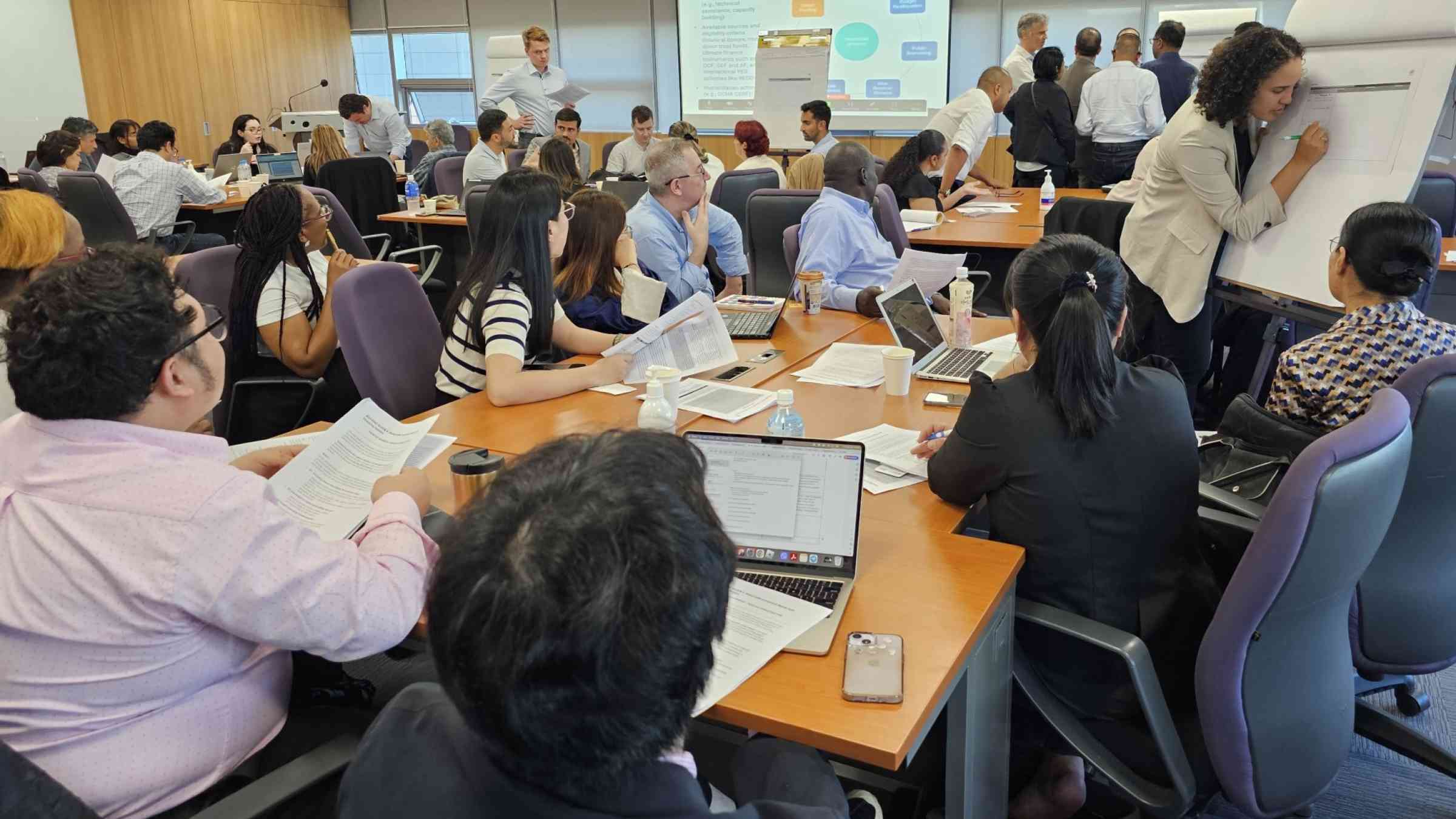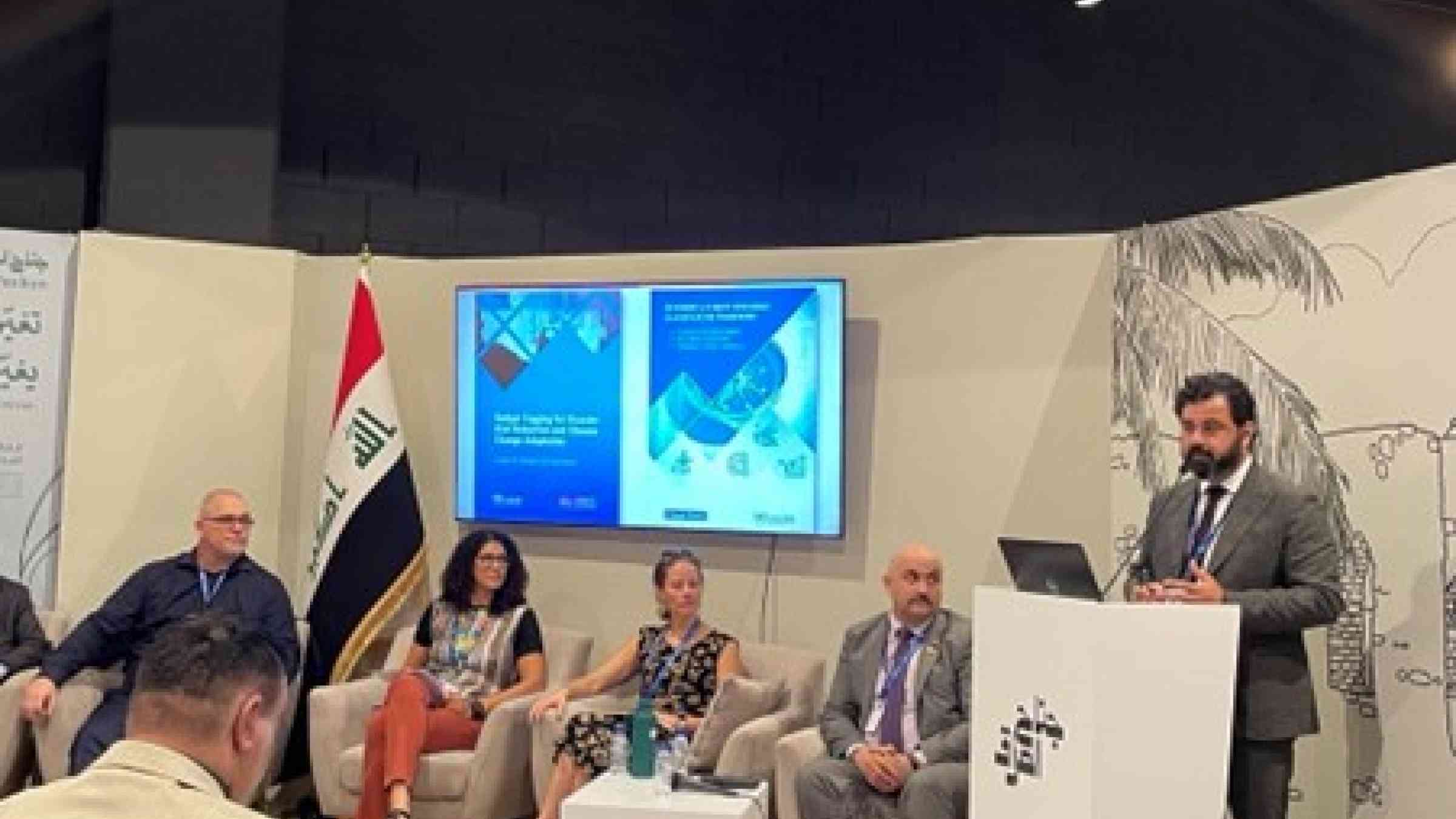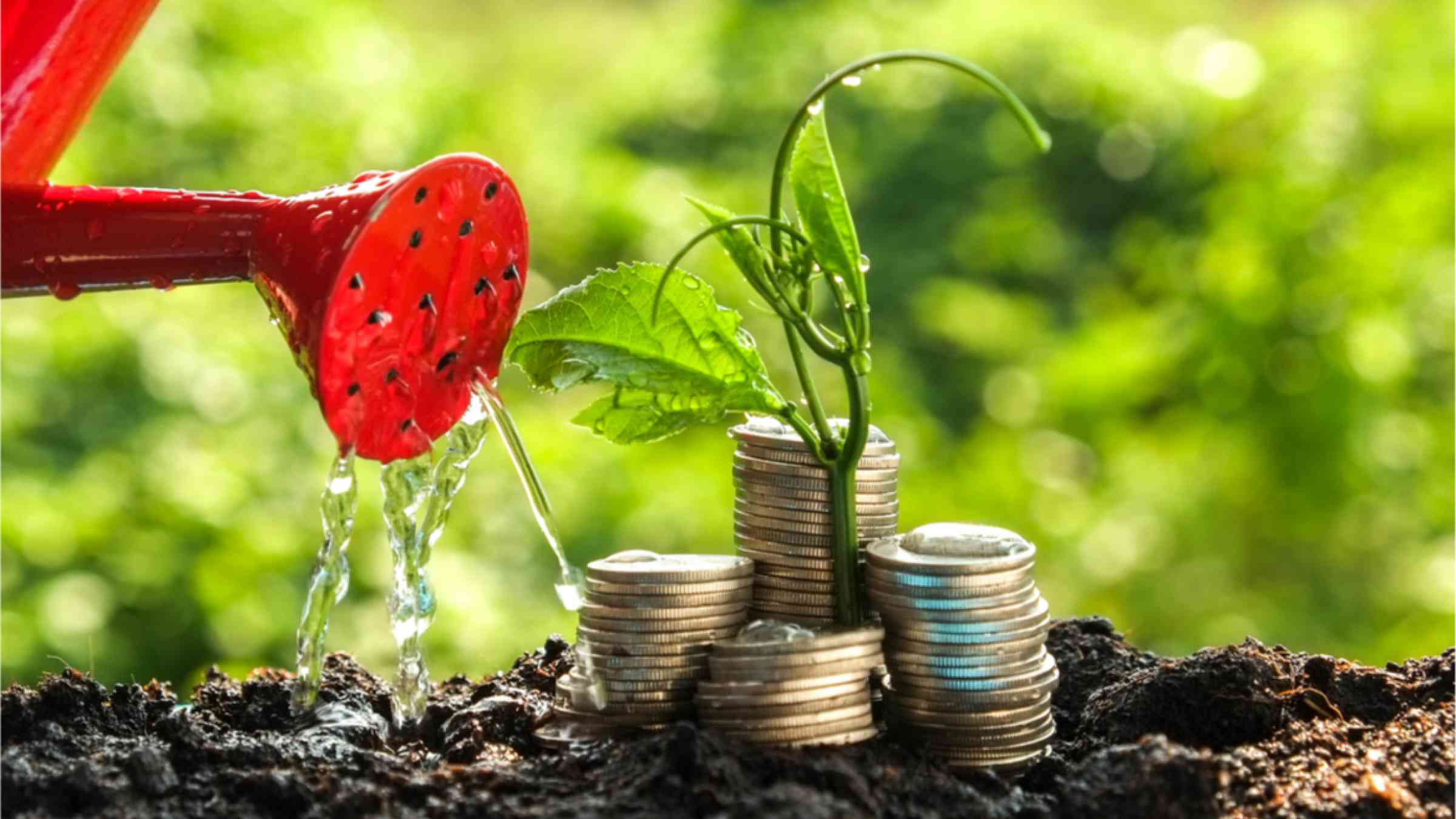Catalyze investment in resilience
The Sendai Framework for Disaster Risk Reduction identifies investing in disaster risk reduction as one of its four priority actions. In response, UNDRR has intensified its work in this area. Our goal is to support countries in accessing more financing for prevention, while at the same time, helping the public and private sectors to de-risk investments and reorient financial flows for increased resilience. This translates into UNDRR focusing on the following areas:
- Identifying gaps in public spending by tracking/tagging DRR-related expenditures and conducting risk-sensitive budget reviews;
- Increasing transparency and data on private sector DRR actions and strategies and enabling investors to incorporate such information in their decision-making process;
- Developing new and innovative financing models for DRR investment, such as blended finance instruments and prevention/resilience bonds;
- Ensuring financial institutions and banks align their strategies, operations and activities with the Sendai framework, including by revising credit assessment practices; and
- Leveraging the full potential of the insurance sector, not only for disaster risk protection but also for encouraging risk prevention
National financial frameworks
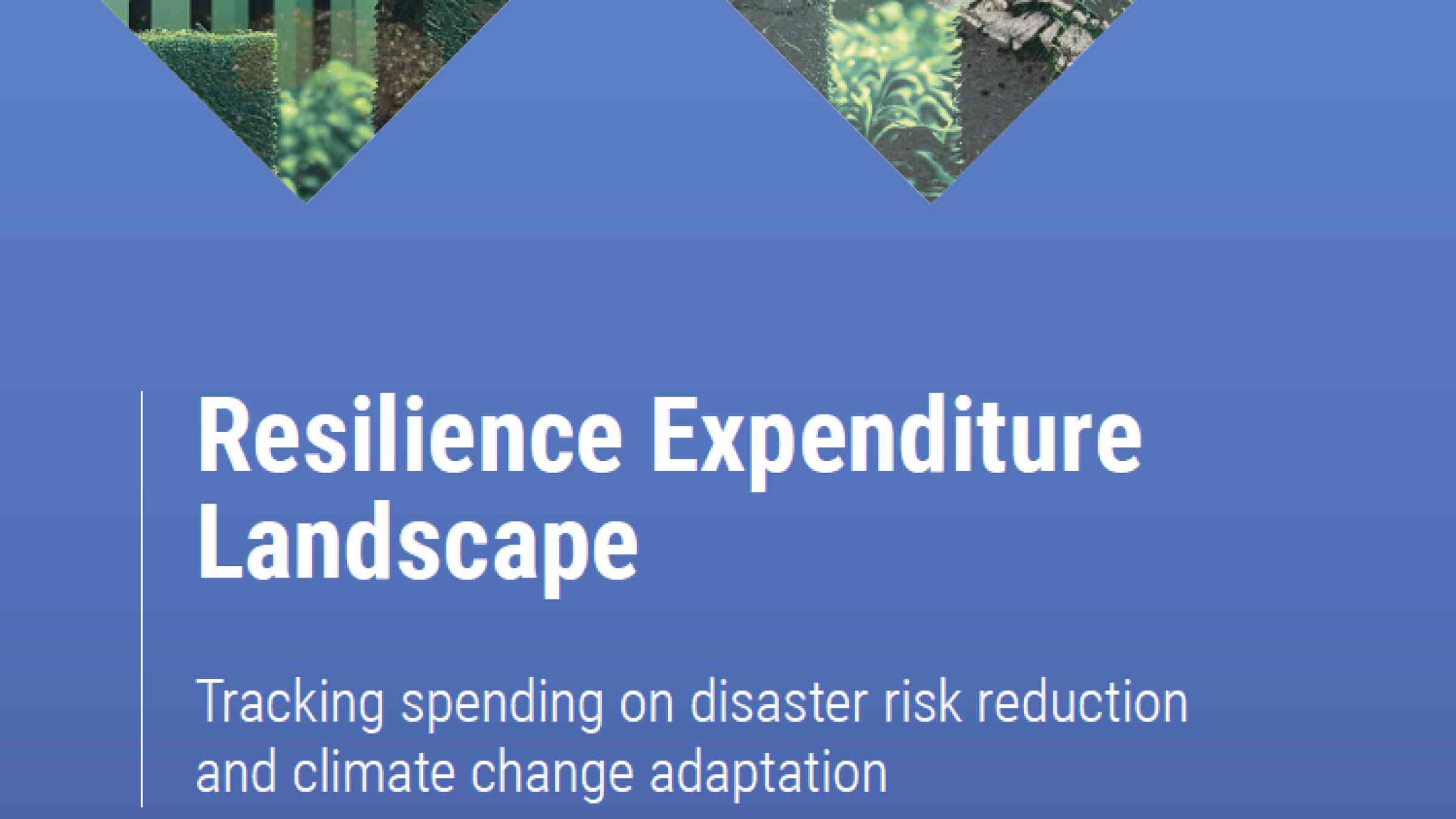
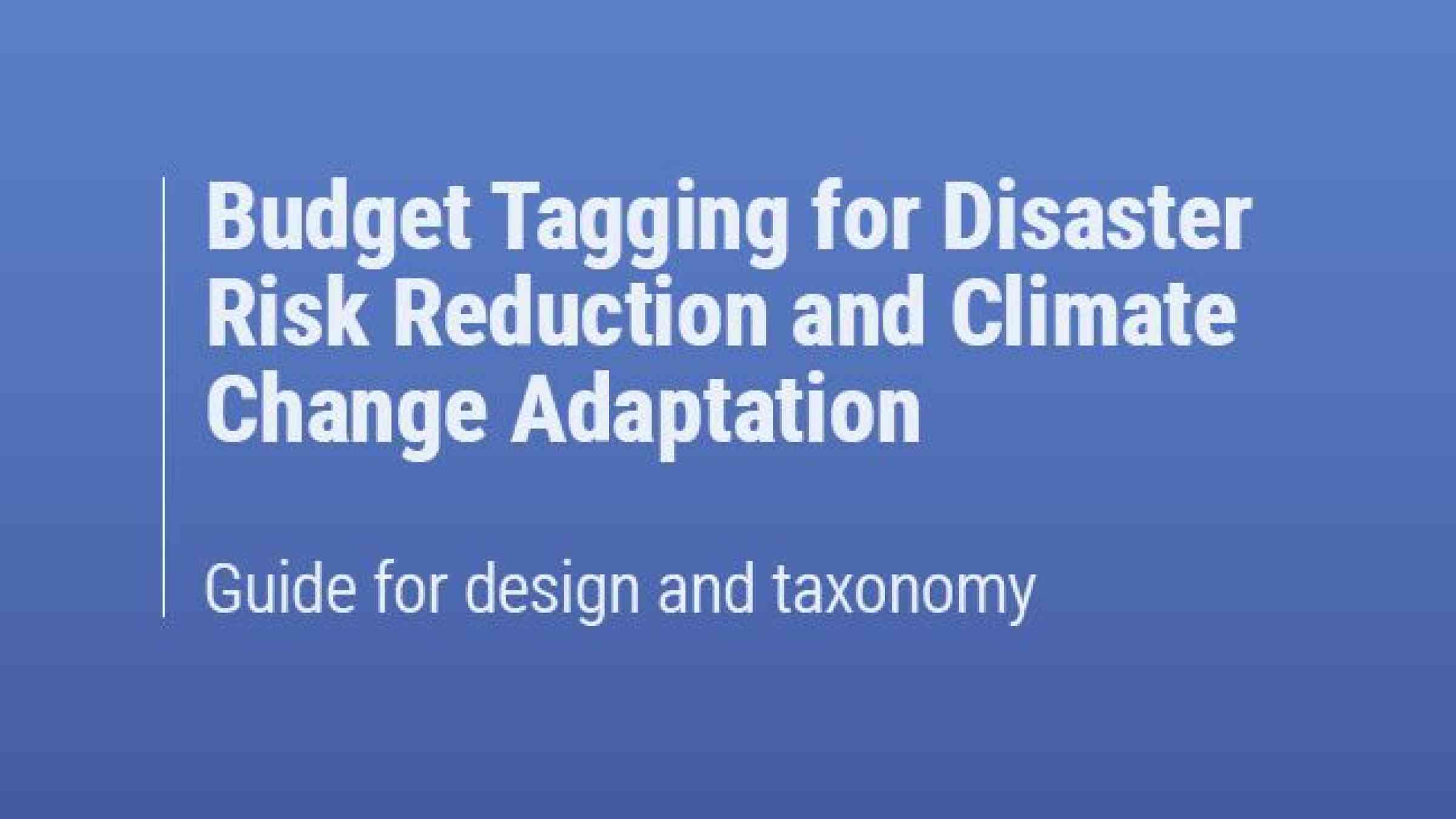
Related reading:
Tracking the money for climate adaptation and disaster risk reduction issue paper provides an overview of the latest international and country trends in this area. Read more
UNDRR conducted risk sensitive budget reviews (RSBRs) for 16 African countries and published a report on Disaster Risk Reduction Investments in Africa. Read more
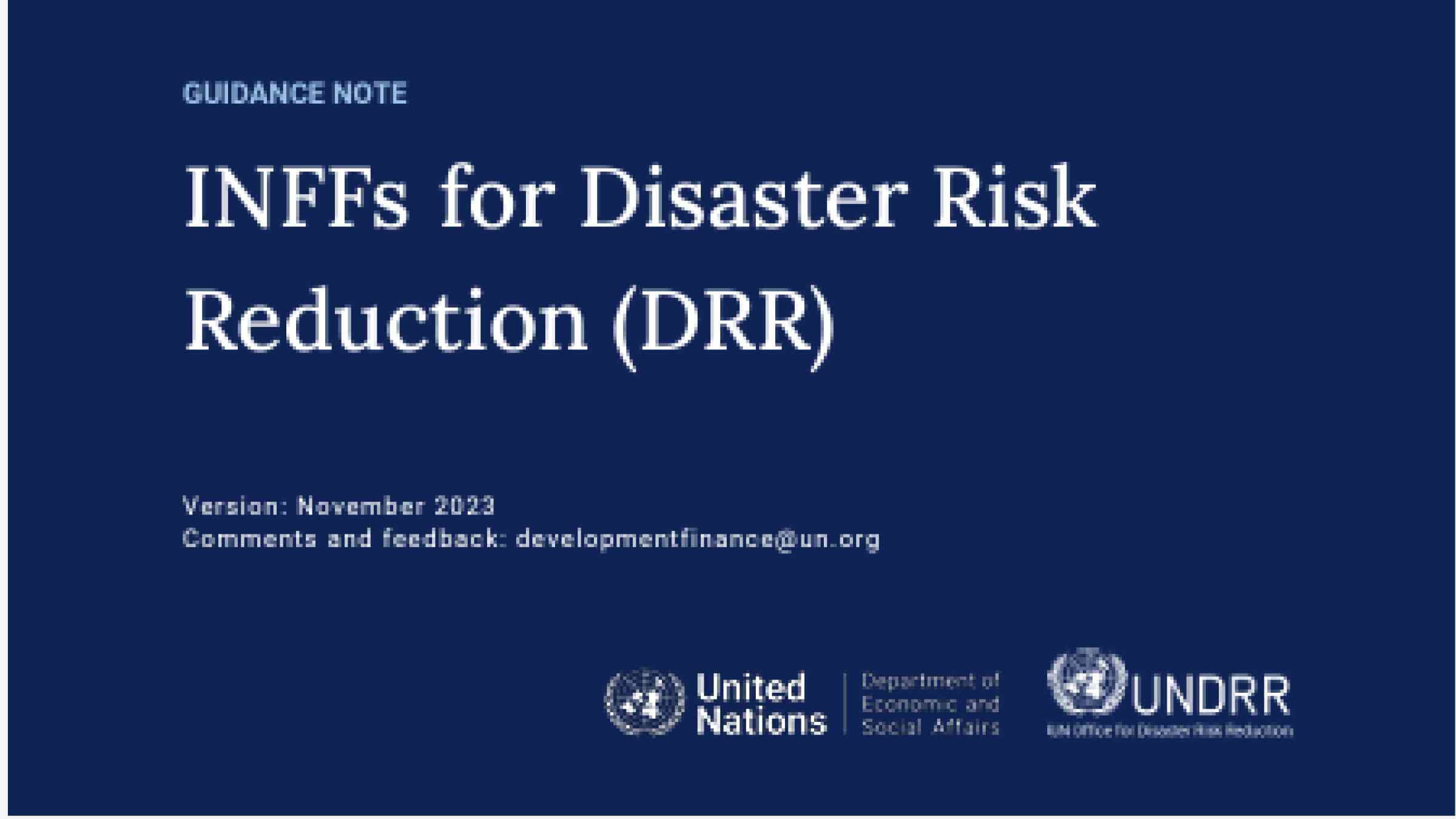
Financial markets
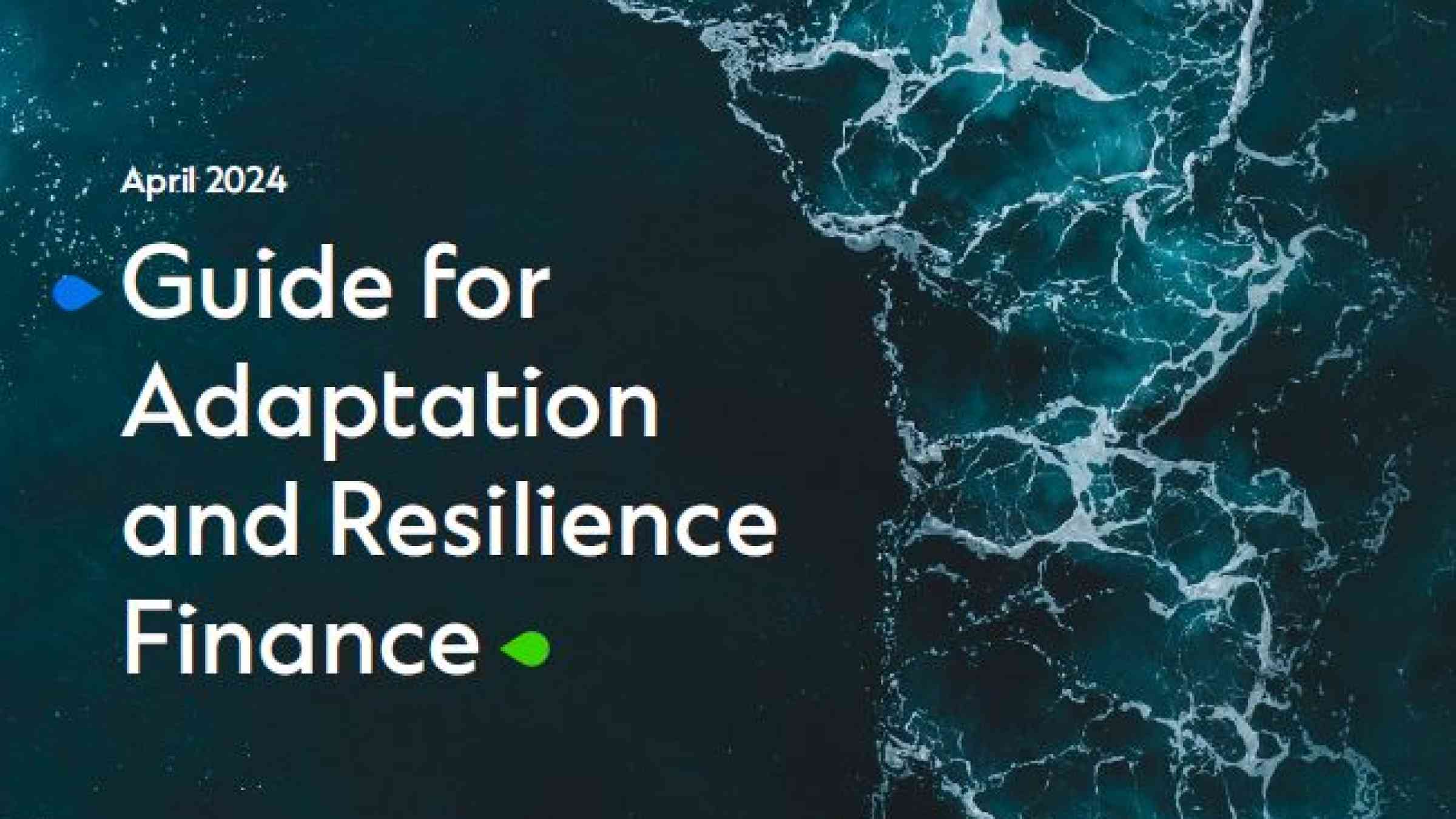
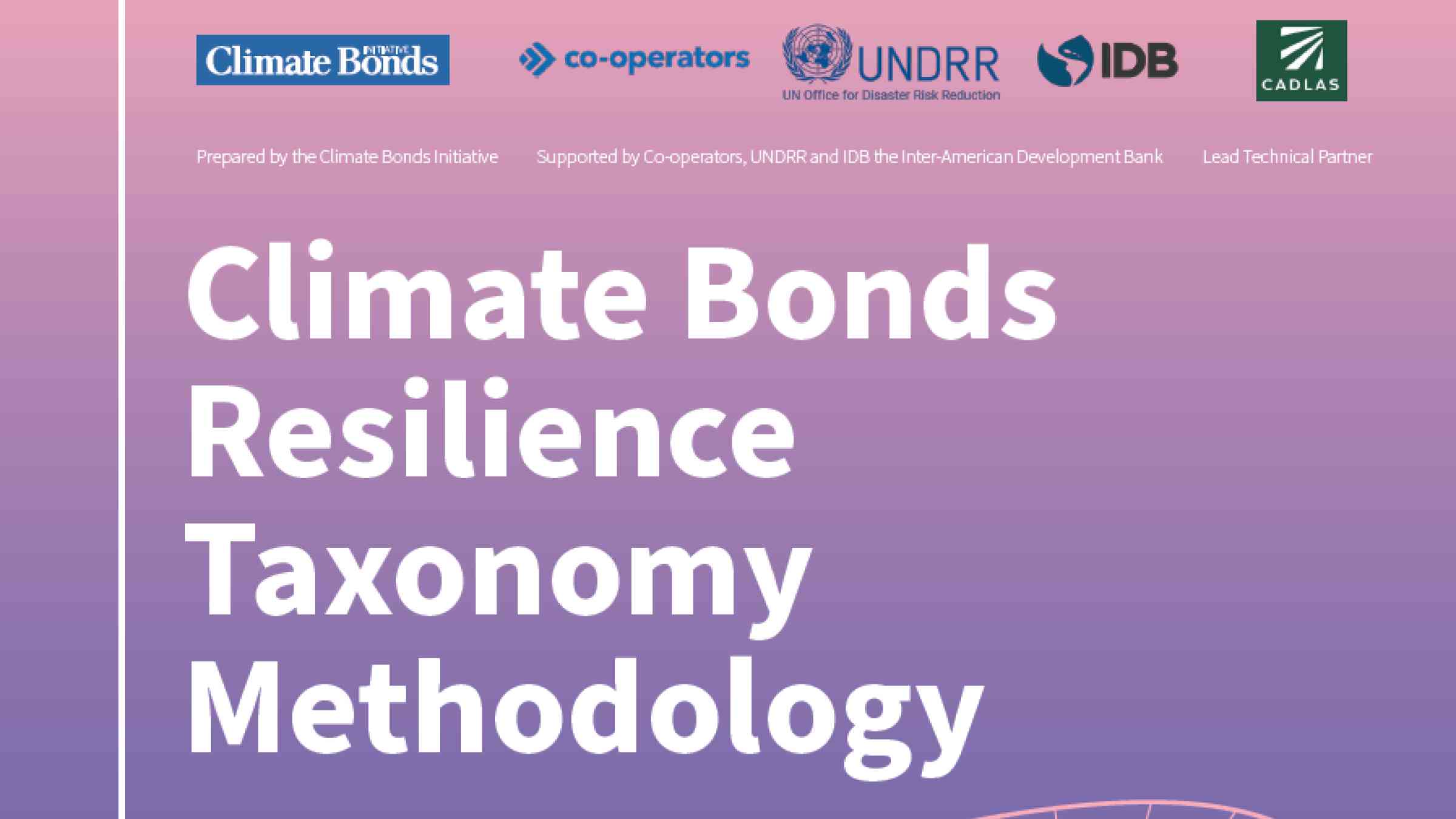
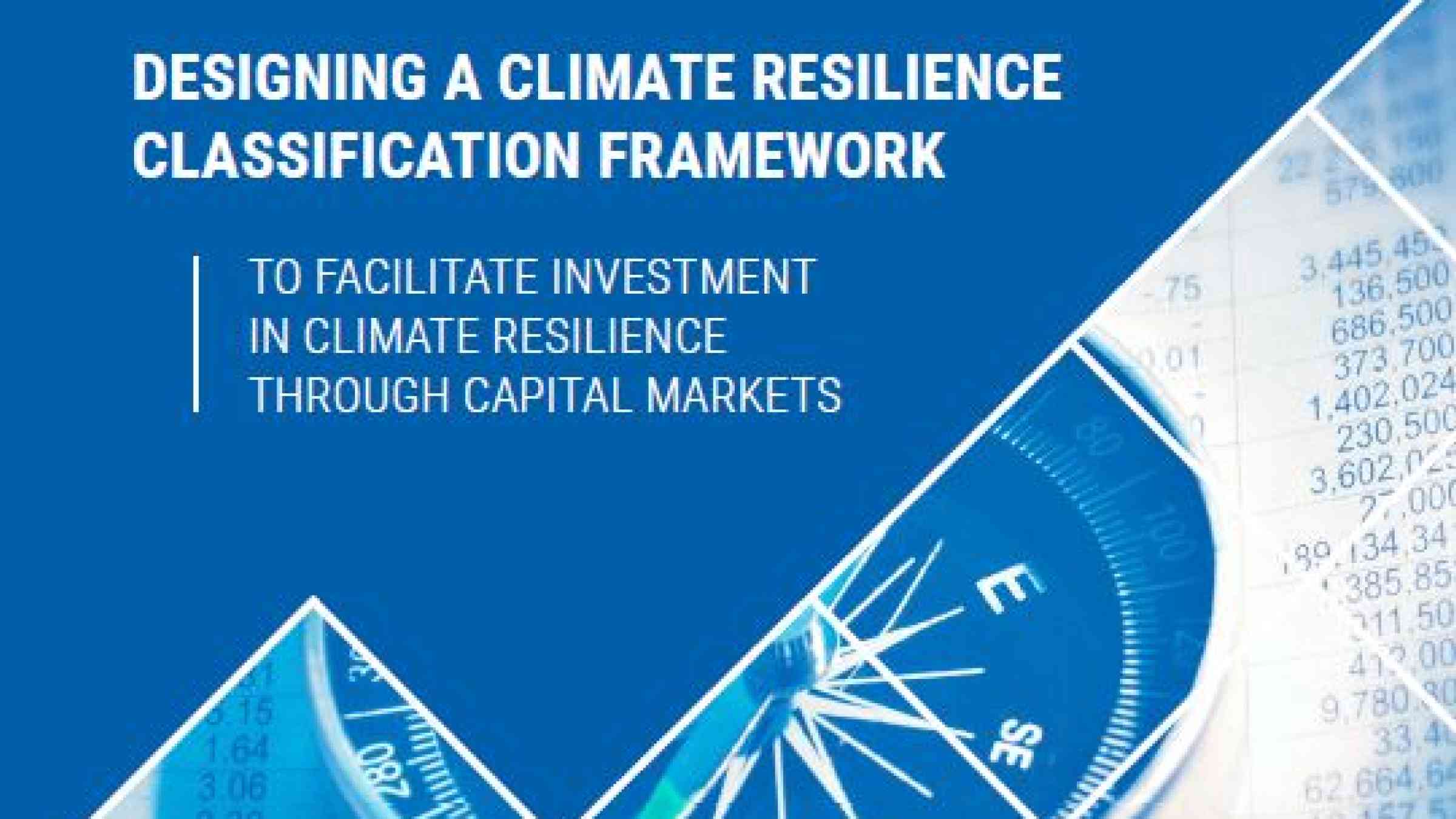
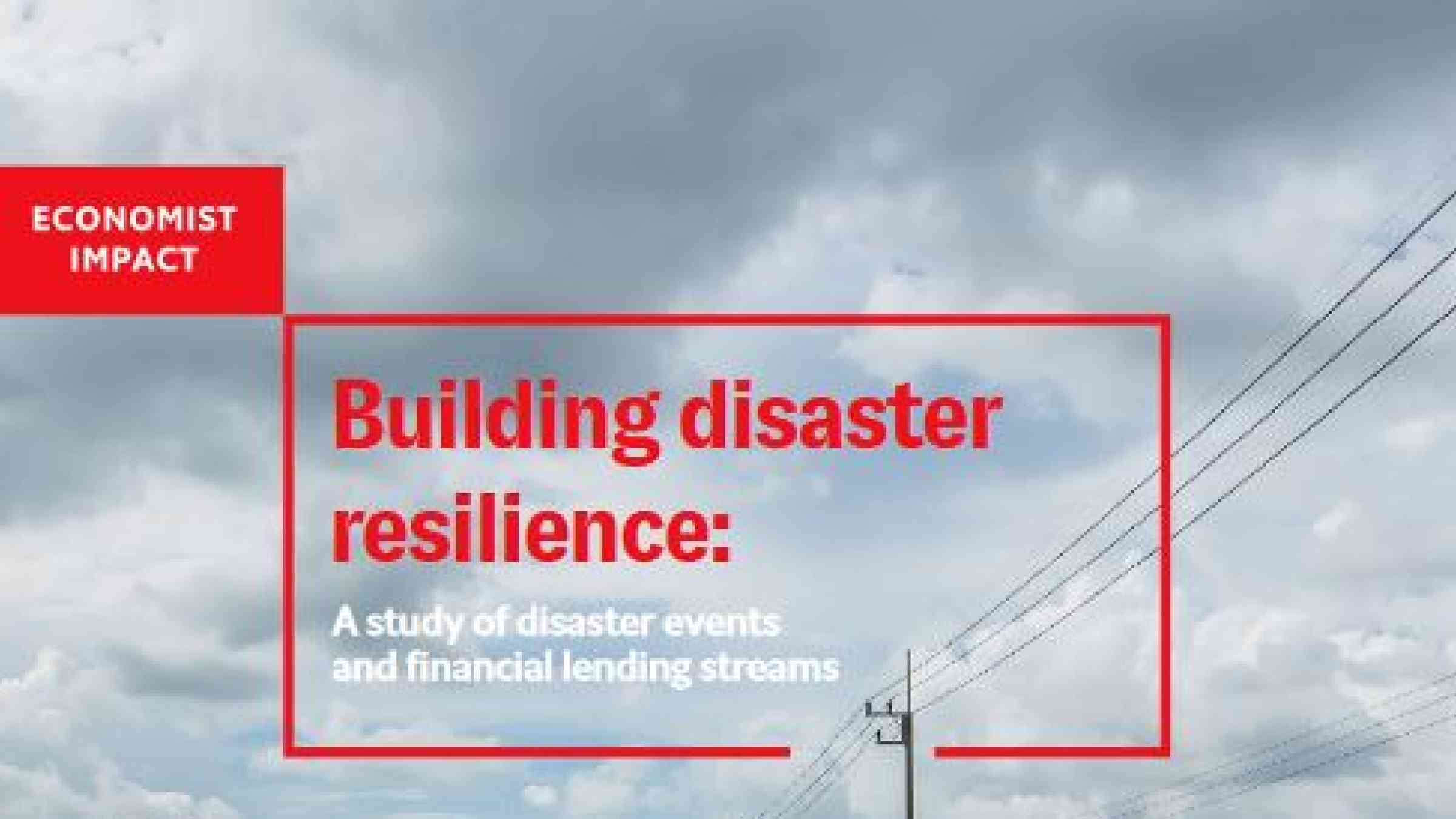
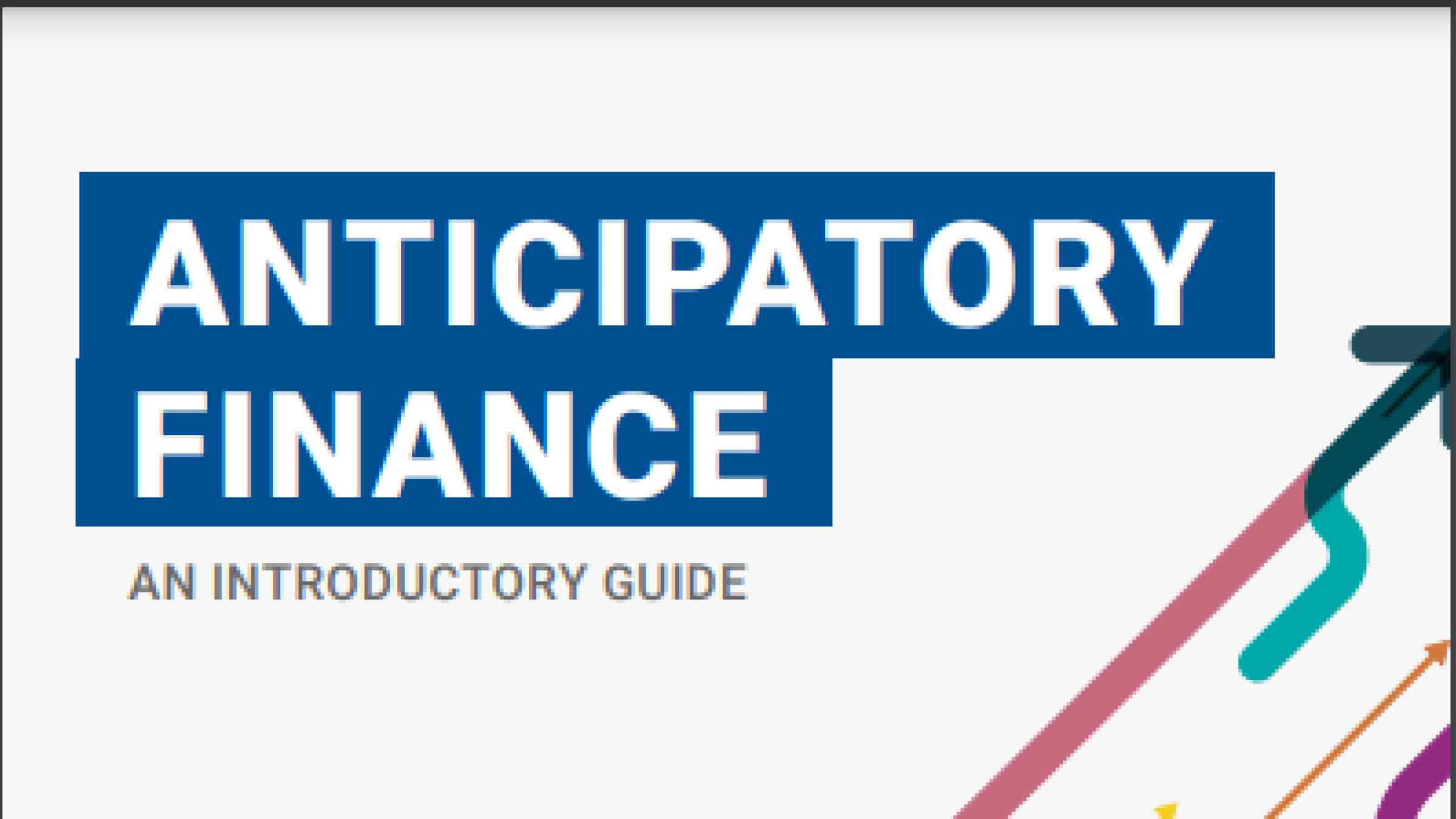
Engagement with the private sector
Investing in disaster risk reduction is a precondition for developing sustainably in a rapidly changing climate. The private sector has a crucial role to play in financing and directing investment towards projects and companies that properly manage risks and avoid the creation of new risks for society. UNDRR is engaging with the private sector on a number of initiatives to catalyse investments in resilience including the ARISE Private Sector Alliance for Disaster Resilient Societies, a Network of Corporate Chief Resilience Officers (CCRO) and an Investor Advisory Board (IAB).
News and events
Related content



